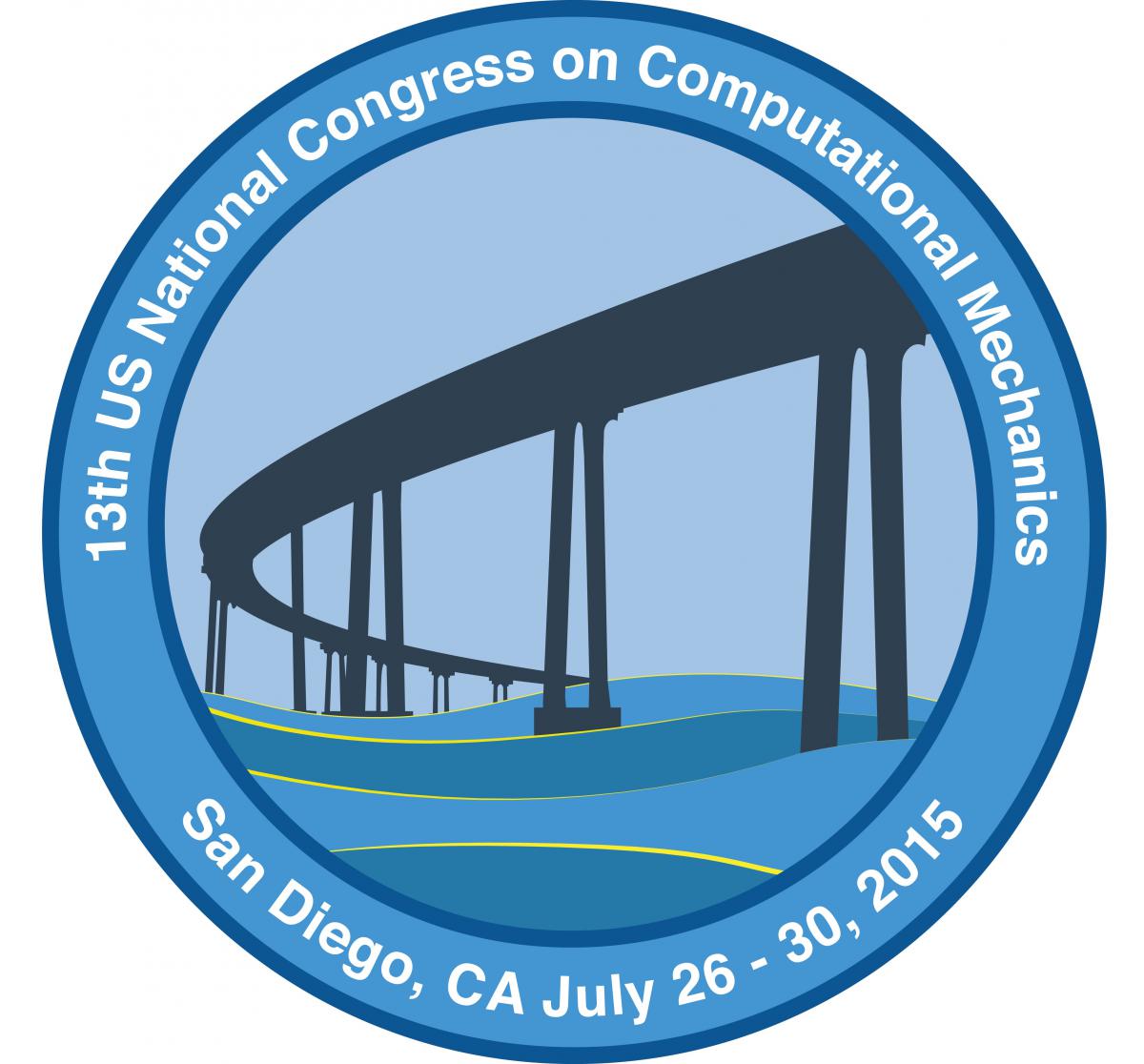Immersed/Embedded/Fictitious Domain Methods and Their Application in Analysis and Optimization
Dominik Schillinger, University of Minnesota
Fehmi Cirak , University of Cambridge
Alexander Düster, Hamburg University of Technology
Isaac Harari, Tel-Aviv University
Ming-Chen Hsu, Iowa State University
Martin Ruess, Delft University of Technology
Immersed/embedded/fictitious domain methods intend to increase the geometric flexibility of discretization schemes and to avoid meshing related problems. Their primary goal is to handle geometrically complex domains, which constitutes a key challenge in many modern computational mechanics related applications. As a consequence, instantiations of these methods recently gained importance in many sub-disciplines, e.g., to resolve multi-phase flow interfaces in CFD, to deal with trimmed CAD surfaces in isogeometric analysis, to prevent mesh updating and mesh distortion effects in shape and topology optimization, to handle fluid-structure interaction problems involving large displacements and contact, or to facilitate the numerical homogenization of materials with complex microstructure.
This mini-symposium aims at bringing together researchers from across the en-tire computational mechanics community to discuss and exchange new devel-opments and results in immersed/embedded/fictitious domain technologies. Questions of interest include, but are not limited to, accurate quadrature variants in cut elements, accurate and stable imposition of constraints along immersed boundaries and interfaces, the use of specially tailored basis functions, higher-order accuracy in immersed domain analysis, the treatment of evolving/moving domains, the effect of immersed domain analysis on standard computational me-chanics technology, and new fields of applications in solid and fluid mechanics, multi-physics, and optimization.
This mini-symposium aims at bringing together researchers from across the en-tire computational mechanics community to discuss and exchange new devel-opments and results in immersed/embedded/fictitious domain technologies. Questions of interest include, but are not limited to, accurate quadrature variants in cut elements, accurate and stable imposition of constraints along immersed boundaries and interfaces, the use of specially tailored basis functions, higher-order accuracy in immersed domain analysis, the treatment of evolving/moving domains, the effect of immersed domain analysis on standard computational me-chanics technology, and new fields of applications in solid and fluid mechanics, multi-physics, and optimization.





